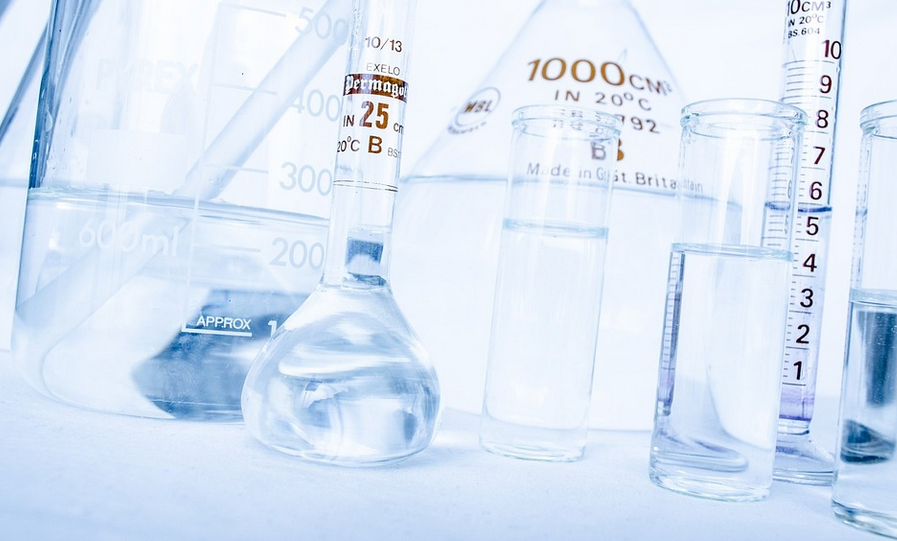Introduction
Cotton is one of the most widely used natural fibers in the textile industry. It is known for its softness, absorbency, and durability. However, raw cotton is not white, and it needs to be bleached to get a pure white color. Sodium hypochlorite is one of the most commonly used bleaching agents for cotton.
What is Sodium Hypochlorite?
Sodium hypochlorite is a chemical compound that is commonly used as a bleaching agent, disinfectant, and oxidizing agent. It is a pale yellowish solution that is commonly used for household cleaning purposes. In the textile industry, it is used for bleaching cotton because of its strong oxidizing properties.
The Bleaching Process
The bleaching of cotton with sodium hypochlorite involves a series of chemical reactions. The first step is to remove any impurities from the cotton. This is done by washing the cotton with water and a detergent. After the cotton is washed, it is soaked in a solution of sodium hypochlorite, which oxidizes the impurities and turns them into soluble compounds.
The Advantages of Sodium Hypochlorite
Sodium hypochlorite is a popular choice for bleaching cotton because it is effective, affordable, and readily available. It is also easy to use and does not require any special equipment. Additionally, it is a safe and environmentally friendly option compared to other bleaching agents.
The Disadvantages of Sodium Hypochlorite
While sodium hypochlorite is an effective bleaching agent, it also has some disadvantages. It can weaken the cotton fibers and cause them to break down over time. Additionally, it can cause the cotton to yellow if it is not rinsed properly. Finally, it can be irritating to the skin and eyes, so proper safety precautions must be taken when using it.
The Importance of Proper Rinsing
Proper rinsing is essential when bleaching cotton with sodium hypochlorite. If the cotton is not rinsed thoroughly, the residual bleach can cause the cotton to yellow over time. Additionally, residual bleach can cause skin irritation if it comes into contact with the skin.
Conclusion
Sodium hypochlorite is a popular choice for bleaching cotton because it is effective, affordable, and readily available. While it has some disadvantages, proper rinsing and safety precautions can help mitigate these issues. Overall, sodium hypochlorite is a reliable and safe option for bleaching cotton in the textile industry.
Sources:
- https://www.sciencedirect.com/topics/materials-science/sodium-hypochlorite
- https://www.thespruce.com/bleach-fabric-chemistry-and-how-to-do-it-safely-2146666
- https://www.fibre2fashion.com/industry-article/4063/bleaching-of-cellulosic-fibres

